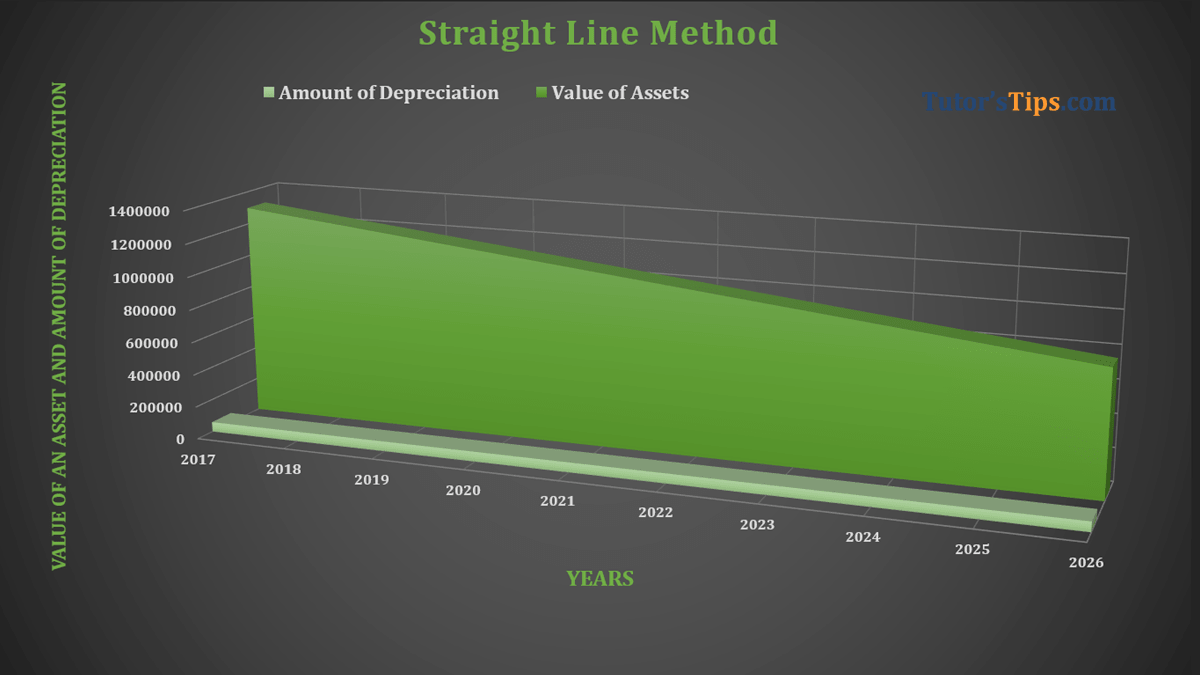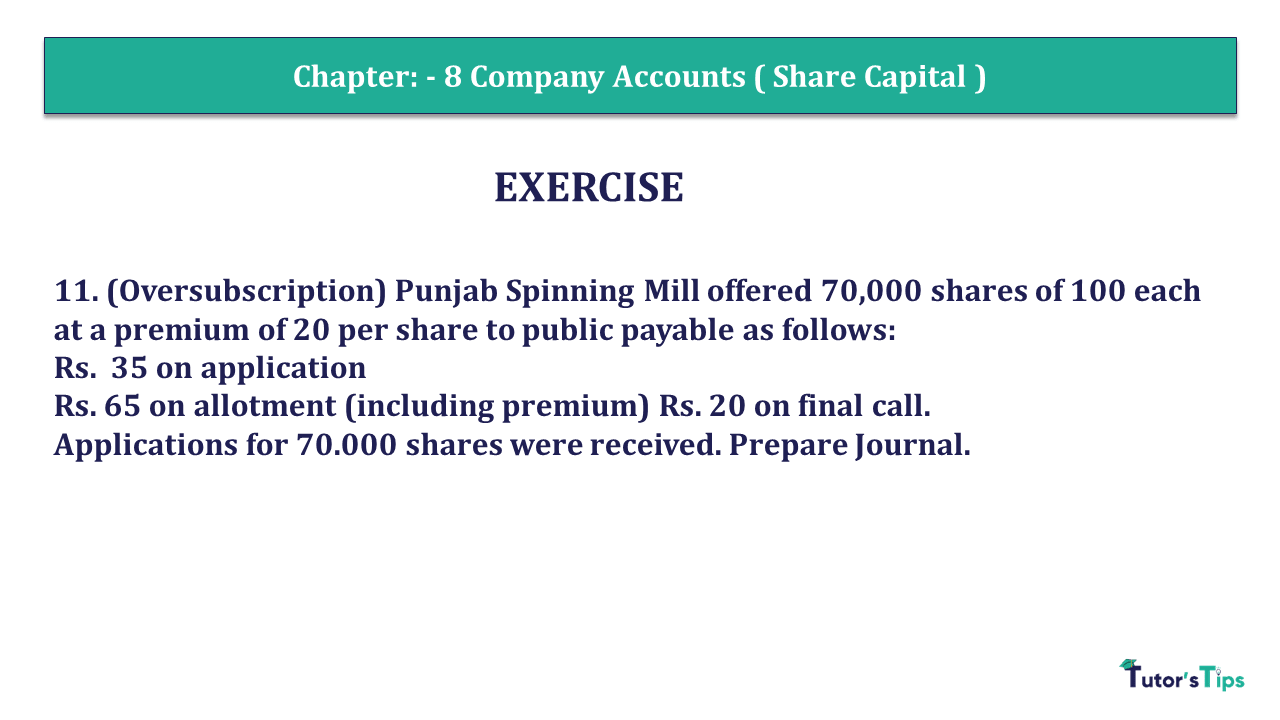Advertisement
Before passing Journal Entry for Discount Allowed, we have to know about the meaning of discount and its type. I have explained the meaning of discount allowed in this article as follows:
Advertisement
Meaning of Discount Allowed:
The amount which the seller received less from the original price(MRP) of the goods is known as discount allowed for the seller of the goods. In other words, the discount Allowed means the reduction in the selling price of the product. So, it is the loss of the seller of the goods, according to Nominal rule, he will debit the discount Account.
Example:
The Sale price of the product is Rs 1,500/- but Retailer gives an offer to the customer only for Rs.1,350/- after deducting 10% discount. Here the amount of discount is Rs 150/-. This amount is known as a discount allowed for the seller and discount received for the buyer.
Subscribe our Youtube Channel
Journal Entries for Discount Allowed:
Now, We will discuss the Journal Entry for Discount Allowed in the three following cases shown as below:
Advertisement-X
1. Discount Allowed and the net received amount or total due amount is given
Example No. 1:
Payment or Amount received from Mr A of Rs 9,900/- and allowed him the discount of Rs 100/-.
Or
Example No. 2:
Payment or Amount due to Mr A of Rs 10,000/- and allowed him the discount of Rs 100/-.
Solution:
Both Journal Entry for Discount Allowed are same and treated as the following with the help of golden rules of accounting: –
| Name of Account | Type of Account | The rule which will Applicable | Verb | Rule applied | According to Rule, It will be Dr./Cr. |
| Cash-> | Asset -> | Real Account -> | Cash Received from debtors-> | Cash Comes in -> | Debit |
| Discount -> | Loss -> | Nominal Account -> | Discount allowed to debtors-> | The loss to Business -> | Debit |
| Mr A > | Personal -> | Personal Account -> | Cash paid by Mr A > | Mr is Giver -> | Credit |
| Journal Day Book | |||||
| Date | Particulars | L. F. | Debit | Credit | |
| 01/04/20 | Cash A/c | Dr. | 9,900 | ||
| Discount Allowed A/c | Dr. | 100 | |||
| To Mr A’s A/c | 10,000 | ||||
| ( Being cash received from debtors and allowed him discount) | |||||
2. Percentage of discount and the Total Due amount is given
Example No. 3:
Amount due to Mr A of Rs 1,000/- and allowed him a discount of 10%.
Solution:
That transaction, you have to calculate discount first as the following:
Advertisement-X
| Discount Allowed | = | Percentage of Discount | X | Total Due Amount |
| 100 |
| = | 10 | X | 1000 | |
| 100 |
Advertisement-Y
Discount Allowed = 100/-
Journal Entry remains same as above.
| Journal Day Book | |||||
| Date | Particulars | L. F. | Debit | Credit | |
| 01/04/20 | Cash A/c | Dr. | 9,900 | ||
| Discount Allowed A/c | Dr. | 100 | |||
| To Mr A’s A/c | 10,000 | ||||
| ( Being cash received from debtors and allowed him discount) | |||||
3. Percentage of discount and the total Received amount is given
Example No. 4:
Amount received from Mr A of Rs 900/- and allowed him the discount of 10%.
Solution:
In this transaction, you have to calculate the amount discount first as the following:
if the Amount Received is Given then we have to use the following formula to calculate the amount of Discount
| Discount Allowed | = | Percentage of Discount | X | Amount Received | ||
| 100 | – | Percentage of Discount | ||||
| Discount Allowed | = | 10 | X | 900 | ||
| 100 | – | 10 | ||||
| = | 10 | X | 900 | |||
| 100 | – | 10 | ||||
| = | 9000 | |
| 90 |
Discount Allowed = 100/-
Advertisement-X
Journal Entry remains same as above.
| Journal Day Book | |||||
| Date | Particulars | L. F. | Debit | Credit | |
| 01/04/20 | Cash A/c | Dr. | 9,900 | ||
| Discount Allowed A/c | Dr. | 100 | |||
| To Mr A’s A/c | 10,000 | ||||
| ( Being cash received from debtors and allowed him discount) | |||||
Thanks for reading the topic.
please comment your feedback whatever you want. If you have any questions, please ask us by commenting.
References: – Class +2 Accountancy by Sultan Chand & Sons (P) Ltd.










Hello, after reading this remarkable paragraph I am too glad to share my familiarity here with mates.
Hi guy. Great website and nice topic.
Thank you for sharing it.
Best Regards.